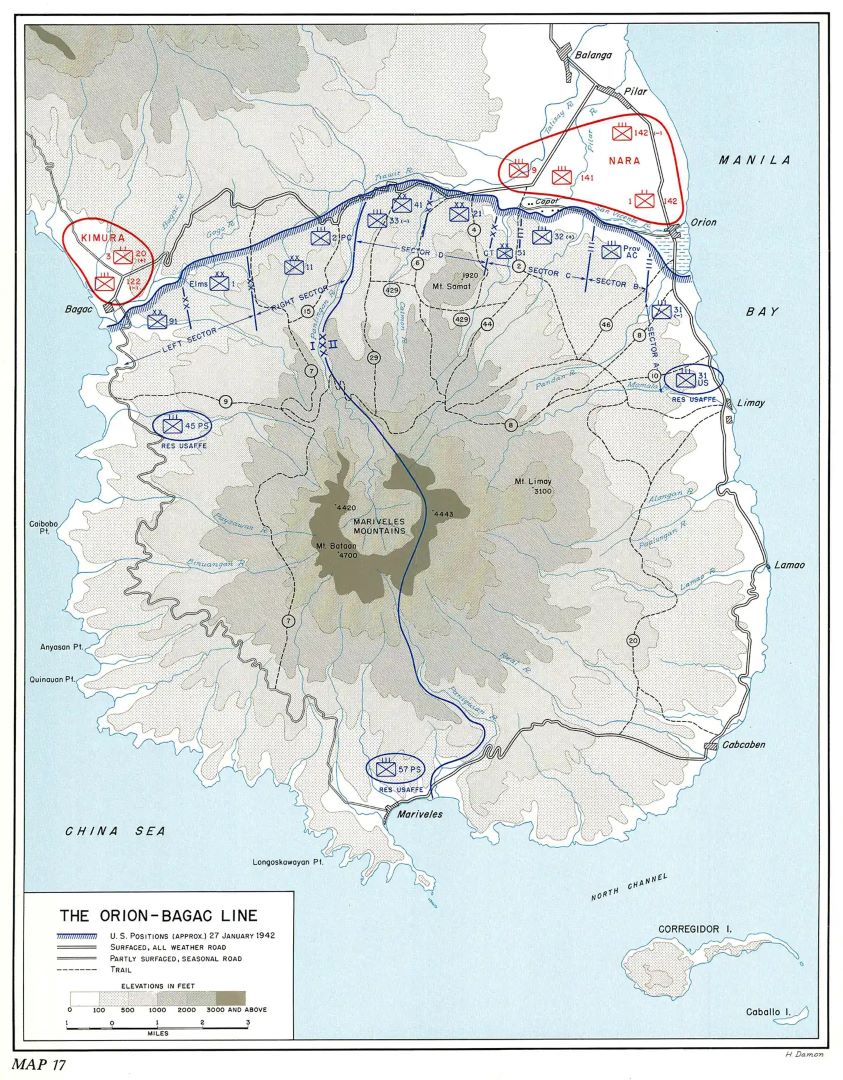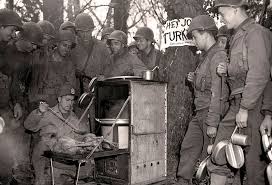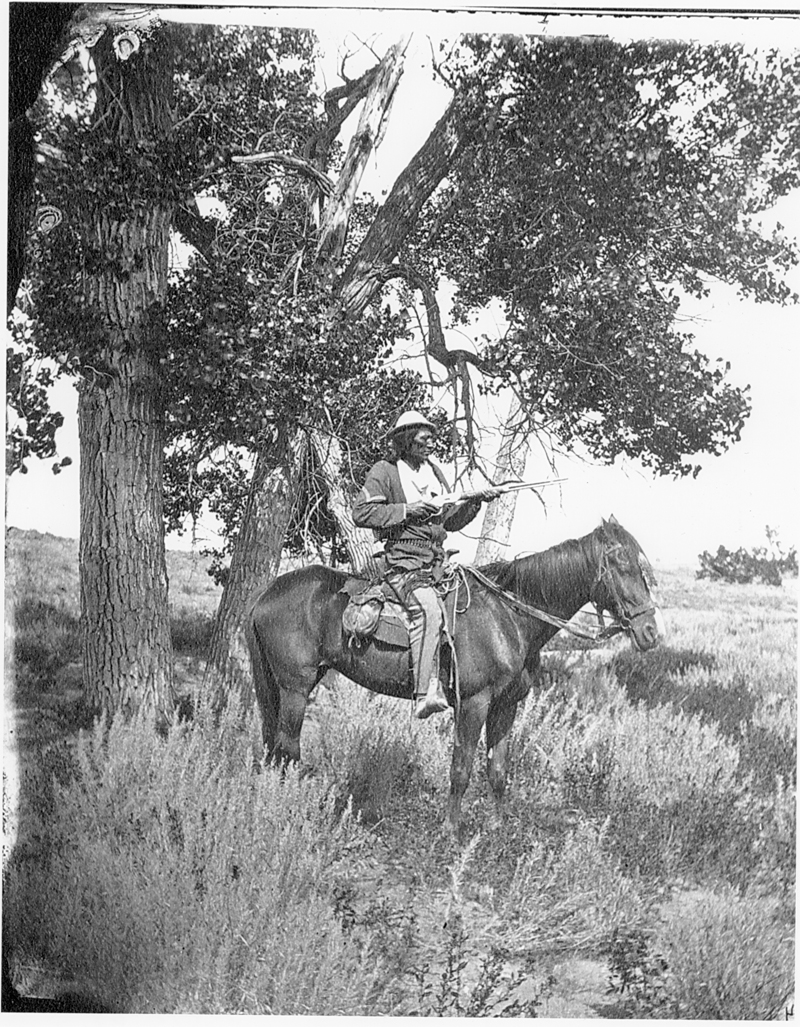
7 JANUARY 1942 - BATTLE OF BATAAN BEGINS – #WWII
After the Japanese invasion of the Philippines in Dec. 1941 and the fall of Manila on Jan. 2, 1942, the defending U.S. and Filipino troops withdrew to Bataan.
#Armyhistory #USArmy #TRADOC #WW2

After the Japanese invasion of the Philippines in Dec. 1941 and the fall of Manila on Jan. 2, 1942, the defending U.S. and Filipino troops withdrew to Bataan.
#Armyhistory #USArmy #TRADOC #WW2


On Bataan, the combined forces under the command of GEN Douglas MacArthur fought a fierce delaying action beginning on 7 Jan. The Japanese attack was halted initially, but it was reinforced over the following three months, slowly rolling back U.S./Philippine defenses.
During the brutal fighting for control of the peninsula, American and Filipino soldiers endured intense privation, holding out under increasingly impossible odds until the inexorable weight of the enemy forced their surrender on 9 Apr. 1942.
#WorldWar2 #Philippines
#WorldWar2 #Philippines

Remnants of the U.S./Philippine forces, then led by LTG Jonathan M. Wainwright, escaped to Corregidor Island, where they surrendered about a month later. The surviving captured troops were then subjected to the infamous Bataan Death March.
#Bataan #Corregidor #MilitaryHistory

#Bataan #Corregidor #MilitaryHistory


• • •
Missing some Tweet in this thread? You can try to
force a refresh

















